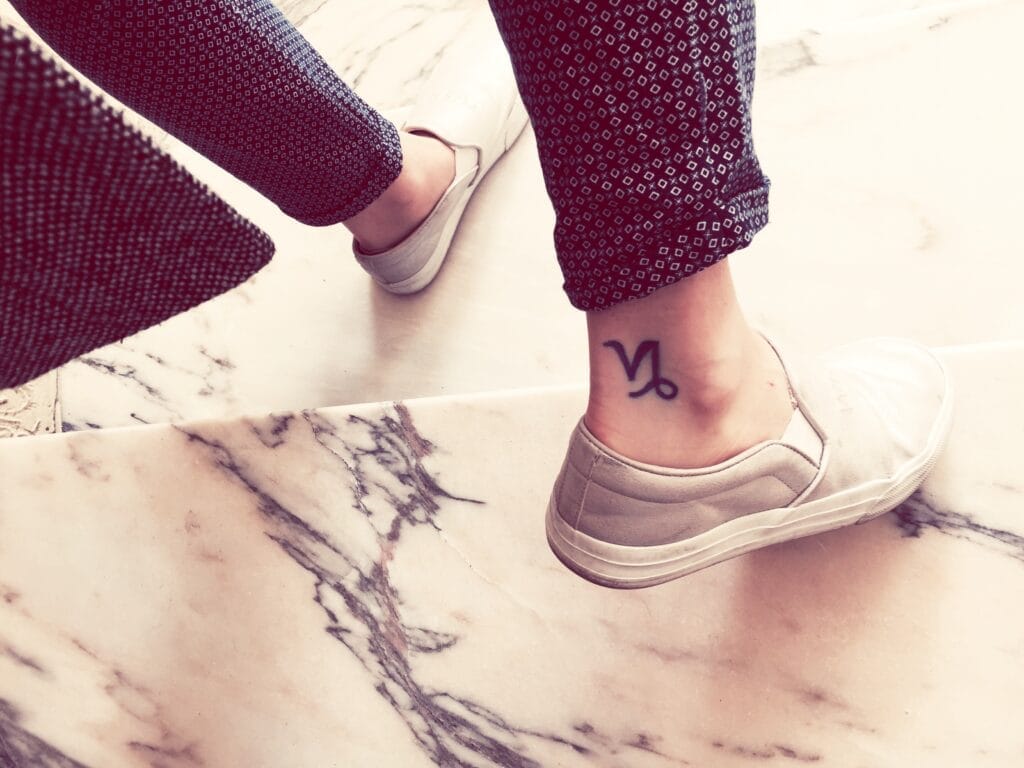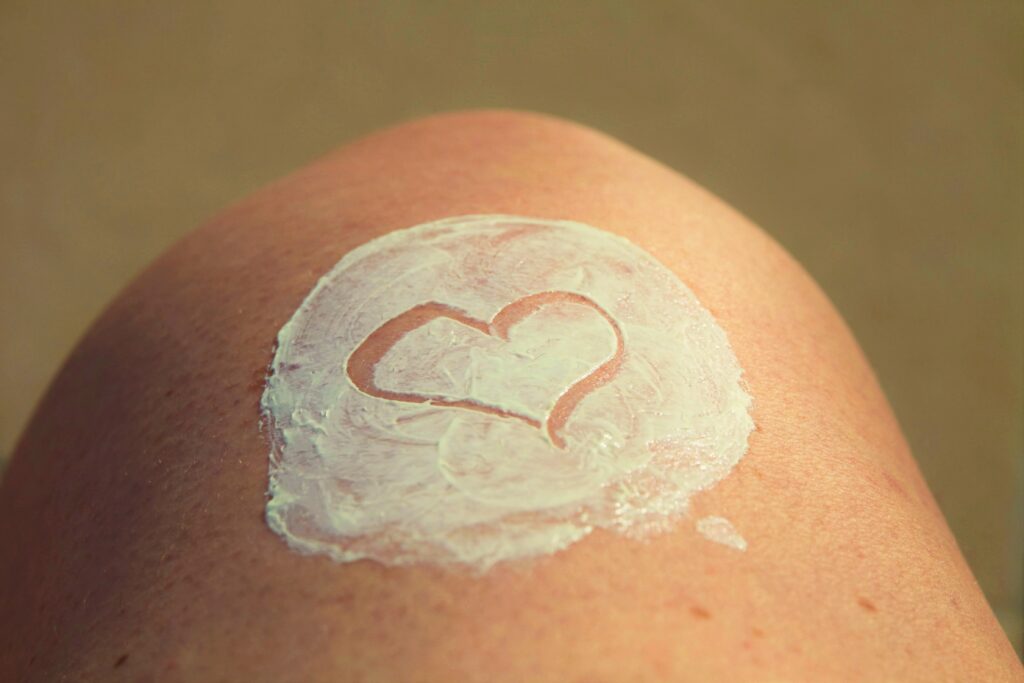
Hand and foot tattoos have gained significant popularity in recent years, becoming a canvas for personal expression and artistry. These tattoos, often visible and easily showcased, allow individuals to display their unique stories, beliefs, and aesthetics. The placement of tattoos on the hands and feet can be particularly meaningful, as these areas are often associated with movement, freedom, and the journey of life.
The visibility of these tattoos can also serve as a conversation starter, inviting others to engage with the wearer’s narrative. However, the decision to get a tattoo on the hands or feet comes with its own set of considerations. The skin in these areas is typically thinner and more sensitive than other parts of the body, which can affect both the tattooing process and the healing journey.
Additionally, hand and foot tattoos are subject to more wear and tear due to daily activities, making it essential for individuals to understand the implications of their choices. As such, those considering hand and foot tattoos should be well-informed about design options, aftercare, and the potential impact of environmental factors like sand and saltwater.


Key Takeaways
- Hand and foot tattoos are becoming increasingly popular due to their unique placement and visibility.
- When choosing a design for hand and foot tattoos, it’s important to consider the impact of sand and saltwater on the longevity and clarity of the tattoo.
- Proper aftercare is crucial for hand and foot tattoos to ensure they heal well and maintain their vibrancy in sand and saltwater environments.
- Hand and foot tattoos can be durable in sand and saltwater with proper care, but may require touch-ups over time.
- Potential risks of hand and foot tattoos in sand and saltwater include fading, infection, and irritation, so precautions such as sunscreen and protective footwear should be taken.
- To maintain hand and foot tattoos in sand and saltwater, regular moisturizing, sunscreen application, and avoiding prolonged exposure to water are essential.
- Hand and foot tattoos hold cultural and symbolic significance in various traditions and can be a meaningful form of self-expression.
- In conclusion, hand and foot tattoos can be beautiful and resilient in sand and saltwater environments with proper care and precautions.
Choosing the Right Design for Sand and Saltwater
When selecting a design for hand and foot tattoos, it is crucial to consider not only personal significance but also how the tattoo will hold up in environments like beaches or pools. Designs that are intricate or contain fine lines may be more susceptible to fading or blurring over time, especially when exposed to elements such as sand and saltwater. Therefore, opting for bolder designs with solid lines or larger motifs can enhance longevity and visibility.
Geometric patterns, tribal designs, or even simple symbols can be excellent choices that withstand the test of time while still conveying deep meaning. Moreover, color selection plays a vital role in the durability of tattoos in sandy or salty environments. Bright colors may fade more quickly when exposed to sunlight and water, while darker shades tend to hold their vibrancy longer.
It is also worth considering how the design will interact with the natural contours of the hands and feet. Tattoos that flow with the body’s natural lines can create a more harmonious appearance, enhancing both the aesthetic appeal and personal connection to the artwork.
The Importance of Proper Aftercare for Hand and Foot Tattoos
Proper aftercare is essential for ensuring that hand and foot tattoos heal correctly and maintain their beauty over time. The healing process for tattoos typically lasts several weeks, during which the skin undergoes significant changes. For hand and foot tattoos, this process can be particularly challenging due to frequent movement and exposure to various elements.
Keeping the tattoo clean and moisturized is paramount; using a gentle, fragrance-free soap during washing can help prevent irritation while promoting healing. In addition to cleanliness, protecting the tattoo from excessive moisture is crucial during the initial healing phase. While it may be tempting to show off a new tattoo at the beach or pool, it is advisable to avoid submerging it in water until it has fully healed.
This precaution helps prevent infections and ensures that the ink settles properly into the skin. Applying a suitable aftercare ointment can also aid in maintaining moisture levels and preventing scabbing, which can lead to uneven healing or fading.


Durability of Hand and Foot Tattoos in Sand and Saltwater
The durability of hand and foot tattoos in sandy or salty environments is a significant consideration for anyone contemplating this form of body art. The constant exposure to elements like sand can lead to abrasion on the skin’s surface, potentially causing fading or distortion of the tattoo over time. Saltwater can also have a drying effect on the skin, which may contribute to premature aging of the tattoo if proper care is not taken.
Therefore, understanding how these factors interact with tattoo longevity is essential for maintaining their appearance. To enhance durability, individuals should consider scheduling regular touch-ups as part of their tattoo maintenance routine. Touch-ups can help refresh faded areas and ensure that the design remains vibrant over time.
Additionally, choosing a reputable tattoo artist who understands how to work with skin types that are frequently exposed to harsh environments can make a significant difference in the final outcome. A skilled artist will know how to apply ink in a way that maximizes its longevity while minimizing potential damage from external factors.
Potential Risks and Precautions for Hand and Foot Tattoos in Sand and Saltwater
While hand and foot tattoos can be beautiful expressions of individuality, they also come with potential risks that must be acknowledged. One of the primary concerns is the risk of infection, particularly in areas that are frequently exposed to dirt, sand, or water. Open wounds from freshly inked tattoos are susceptible to bacteria, which can lead to complications if not properly cared for.
It is essential for individuals to be vigilant about hygiene during the healing process, avoiding environments where exposure to contaminants is likely. In addition to infection risks, there are also concerns related to fading and distortion due to environmental exposure. Sand can act as an abrasive agent against fresh ink, while saltwater can dry out the skin and affect how well the ink adheres over time.
To mitigate these risks, individuals should take precautions such as applying sunscreen on healed tattoos when spending time outdoors and avoiding direct contact with sand or saltwater until fully healed. These measures can help preserve the integrity of the tattoo while allowing individuals to enjoy their time in nature.



Tips for Maintaining Hand and Foot Tattoos in Sand and Saltwater
Maintaining hand and foot tattoos in sandy or salty environments requires a proactive approach to care. One effective strategy is to establish a routine that includes regular moisturizing with high-quality lotions or oils designed for tattoo care. Keeping the skin hydrated not only enhances the appearance of the tattoo but also helps prevent dryness that can lead to cracking or fading.
Additionally, using products specifically formulated for tattoos can provide added protection against environmental factors. Another important tip is to limit exposure to harsh elements whenever possible. Wearing protective clothing or accessories like gloves or sandals can shield tattoos from direct contact with sand or saltwater during outdoor activities.
If swimming is on the agenda, consider using waterproof bandages designed for tattoos; these can provide a barrier against water while allowing for some breathability. After swimming or spending time in sandy areas, gently rinsing off any residue with fresh water can further protect the tattoo from potential damage.
The Cultural and Symbolic Significance of Hand and Foot Tattoos
Hand and foot tattoos carry rich cultural and symbolic meanings across various societies around the world. In many cultures, these tattoos serve as markers of identity, status, or rites of passage. For instance, certain indigenous tribes have long used hand tattoos as symbols of bravery or accomplishments within their communities.
Similarly, foot tattoos may represent one’s journey through life or serve as talismans for protection during travel. Beyond cultural significance, hand and foot tattoos often embody personal stories or beliefs unique to each individual. They may symbolize milestones such as love, loss, or transformation—each design telling a story that resonates deeply with its wearer.
This personal connection adds another layer of meaning to these tattoos, making them not just decorative but also deeply significant expressions of one’s life experiences.
Embracing the Beauty and Resilience of Hand and Foot Tattoos in Sand and Saltwater
In conclusion, hand and foot tattoos represent a beautiful blend of artistry, personal expression, and cultural significance. While they offer unique opportunities for storytelling through design, they also require careful consideration regarding placement, aftercare, and environmental factors like sand and saltwater exposure. By choosing appropriate designs that align with both personal aesthetics and practical durability concerns, individuals can enjoy their tattoos while minimizing potential risks.
Ultimately, embracing hand and foot tattoos means celebrating not only their visual appeal but also their resilience against life’s challenges—be it through sun-soaked beach days or adventurous journeys across sandy landscapes. With proper care and attention, these tattoos can remain vibrant symbols of individuality for years to come, reflecting both personal narratives and cultural heritage in every intricate detail.
FAQs
What are the most durable tattoo placements for withstanding sand and saltwater?
The most durable tattoo placements for withstanding sand and saltwater are the hands and feet. These areas are constantly exposed to the elements and have thicker skin, making them more resistant to fading and damage from sun, sand, and saltwater.
How can I ensure my hand and foot tattoos last in sand and saltwater?
To ensure your hand and foot tattoos last in sand and saltwater, it’s important to properly care for them. This includes using sunscreen to protect the tattoos from sun damage, avoiding prolonged exposure to saltwater, and keeping the tattoos moisturized to prevent fading.
Are there specific ink colors that are more durable in sand and saltwater?
Black and darker ink colors tend to be more durable in sand and saltwater compared to lighter colors. This is because darker inks contain more pigment and are less likely to fade when exposed to the sun and elements.
Can I still get a hand or foot tattoo if I spend a lot of time in sand and saltwater?
Yes, you can still get a hand or foot tattoo if you spend a lot of time in sand and saltwater. However, it’s important to be aware that these tattoos may require more maintenance and care to ensure they last. It’s also recommended to consult with a professional tattoo artist for advice on placement and aftercare.







